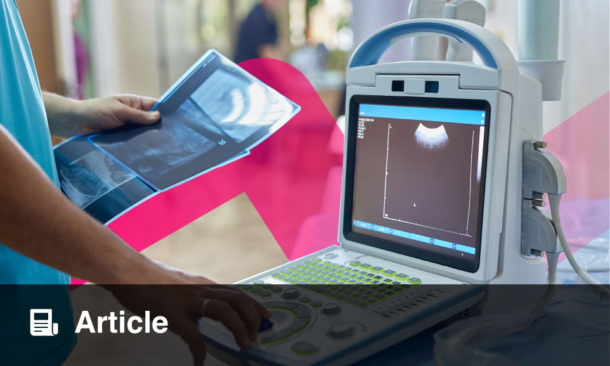A NEW risk model developed using the FIDELITY programme enables clinicians to accurately identify patients with chronic kidney disease (CKD) and Type 2 diabetes at high risk of developing hyperkalaemia, supporting tailored treatment and improved clinical outcomes423.
Hyperkalaemia, defined as elevated serum potassium levels, poses a significant threat to patients with CKD and Type 2 diabetes, yet no validated tools previously existed to predict its onset in this population. The FIDELITY programme addressed this gap by pooling patient data to develop and validate an easy-to-use risk score for incident hyperkalaemia. The primary outcome was new-onset hyperkalaemia, defined as serum potassium greater than 5.5 mmol/L. Researchers derived the risk model using data from the placebo arm and validated it with data from the finerenone arm. Seven baseline factors-serum potassium above 4.5 mmol/L, prior hyperkalaemia, absence of sodium–glucose co-transporter-2 inhibitor use, urine albumin-to-creatinine ratio above 1000 mg/g, haemoglobin below 12 g/dL, no thiazide-type diuretic use, and estimated glomerular filtration rate below 45 mL/min/1.73 m²-were independently associated with new-onset hyperkalaemia and incorporated into the integer risk score. The score ranged from 0 to 12 points and stratified patients into low (0–3), intermediate (4–6), and high (7–12) risk categories. The model demonstrated robust calibration and accuracy, with 2.7%, 7.0%, and 16.7% of patients in the low-, intermediate-, and high-risk groups, respectively, experiencing hyperkalaemia events in the placebo cohort. Importantly, finerenone reduced the risk of both cardiovascular and kidney events compared to placebo, regardless of a patient’s baseline hyperkalaemia risk42.
This validated risk score represents a significant advancement in clinical practice, offering a practical tool for risk stratification and proactive management of hyperkalaemia in patients with CKD and Type 2 diabetes. Its implementation can facilitate more personalised monitoring, targeted interventions, and safer use of therapies such as finerenone, especially in high-risk individuals.
Reference
Ferreira JP et al. Incident hyperkalaemia risk model in chronic kidney disease and diabetes: the FIDELITY programme. European Heart Journal. 2025;ehaf258.








